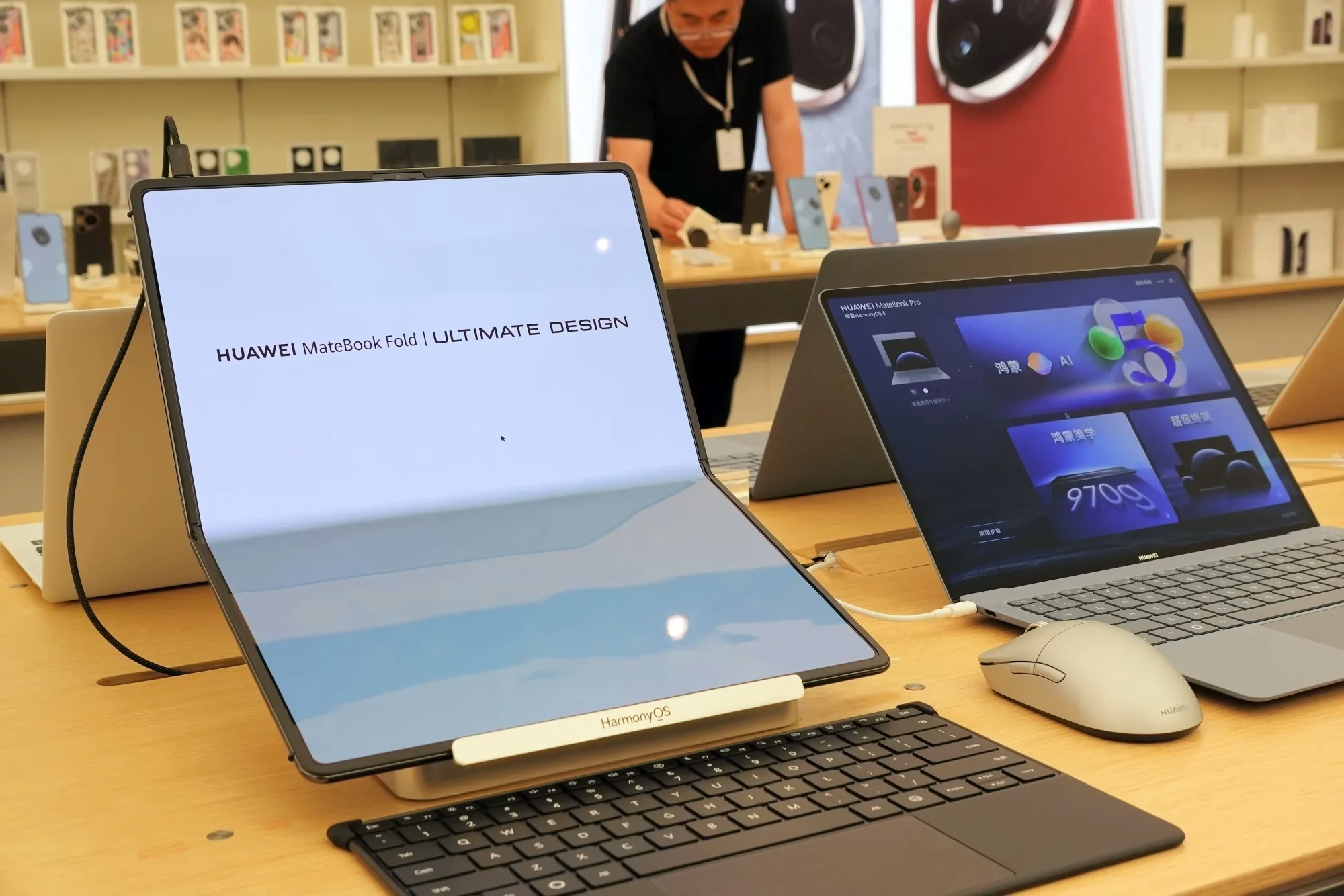Huawei's Latest Computer: A Glimpse into Sanctions' Enduring Grip
It’s always fascinating to watch how major tech players navigate the choppy waters of geopolitics. Recently, news surfaced about Huawei Technologies Co.’s latest computer product, and what's under its hood tells a compelling story. Apparently, this new machine is powered by a chip manufactured using technology that's several years old. For anyone following the semiconductor industry, this isn't just a technical detail; it's a stark reminder that US sanctions are still very much preventing China from developing truly cutting-edge semiconductor capabilities.
We've seen Huawei, time and again, demonstrate incredible resilience. Remember when everyone thought they were down for the count in the smartphone market? They surprised us. But the chip manufacturing side of things? That’s a whole different ballgame.
The Unyielding Wall of Sanctions
The core issue here, as many of us in the industry have observed, boils down to access. Specifically, access to the advanced lithography equipment, intellectual property, and specialized materials needed to produce state-of-the-art semiconductors. The US sanctions, implemented with increasing stringency over the past few years, have effectively cut off Chinese firms, including Huawei, from the global supply chain for these critical components.
Huawei's AI Ambitions: A Parallel Path
Despite these manufacturing hurdles, Huawei isn't just twiddling its thumbs. They've pivoted, hard, into AI. Their Ascend AI chips are central to China's broader push for self-sufficiency in semiconductors and AI. It’s a strategic move, focusing on an area where domestic demand is huge and where they can leverage their design prowess.
We're hearing reports that Huawei's AI chip production for 2025 is capped at around 200,000 units. Now, compare that to what a company like Nvidia can churn out. It's a significant disparity, and it directly illustrates the impact of those manufacturing restrictions. They can design these powerful AI accelerators, like their Cloud Matrix 384 system which reportedly connects 384 chips – quite the feat – but scaling production of these advanced designs is where the bottleneck hits. It's a bit like building a Formula 1 car but only having access to a local garage for mass production. You can build one, maybe a few, but not thousands.
The Broader Geopolitical Landscape
This isn't just a Huawei story; it's a China story. The country is pouring immense resources, billions annually, into developing its domestic semiconductor capabilities. They're determined to overcome these sanctions. And why wouldn't they be? Semiconductor independence is a matter of national security and economic future.
The global implications are also fascinating, if not a little concerning. Taiwan, a critical player in the semiconductor ecosystem, has recently joined the US in blacklisting certain Chinese AI and chipmaking companies. This move further tightens the noose, making it even harder for Chinese firms to source or produce advanced chips. It also sends a clear message to other global tech companies: choose a side. This could lead to a more fractured global tech supply chain, which, frankly, isn't ideal for anyone in the long run. Innovation often thrives on open collaboration, doesn't it?
The Innovation-Restriction Paradox
So, what does this all mean for the future? Huawei's latest computer, running on older chip tech, is a tangible manifestation of the current reality. It shows that while China is making strides in design and investing heavily, the manufacturing gap for cutting-edge nodes remains substantial due to the sanctions.
It raises a critical question: Can a nation truly achieve technological leadership when its access to foundational manufacturing technology is so heavily restricted? History suggests that innovation finds a way, but the path is undoubtedly harder, slower, and more expensive under such conditions. For Huawei, it means focusing on optimizing older processes, designing incredibly efficient architectures that can squeeze every last drop of performance from less advanced silicon. It's a testament to their engineering talent, but it's also a stark reminder of the uphill battle they face.
We're watching an unfolding narrative here. Huawei's resilience is undeniable, and China's commitment to semiconductor self-sufficiency is unwavering. But the US sanctions are proving to be a persistent, formidable barrier. The next few years will be crucial in determining just how wide that technology gap remains, or if China can, against all odds, truly bridge it.
